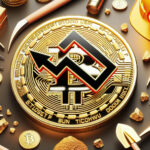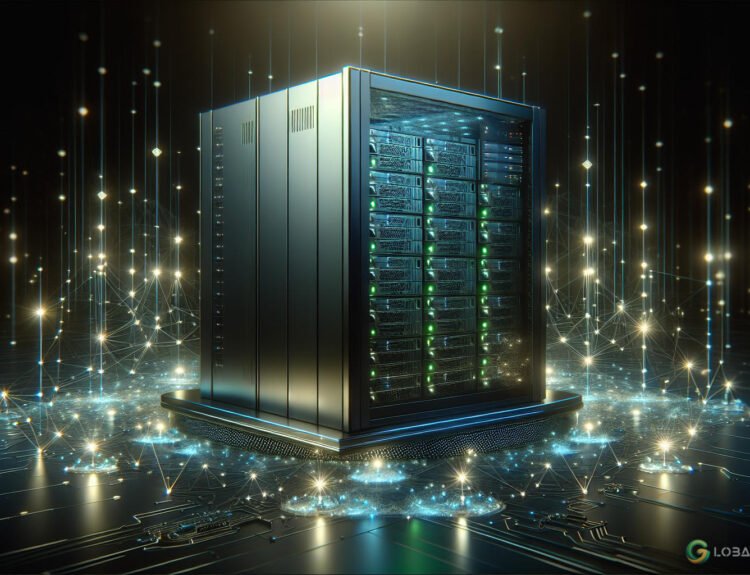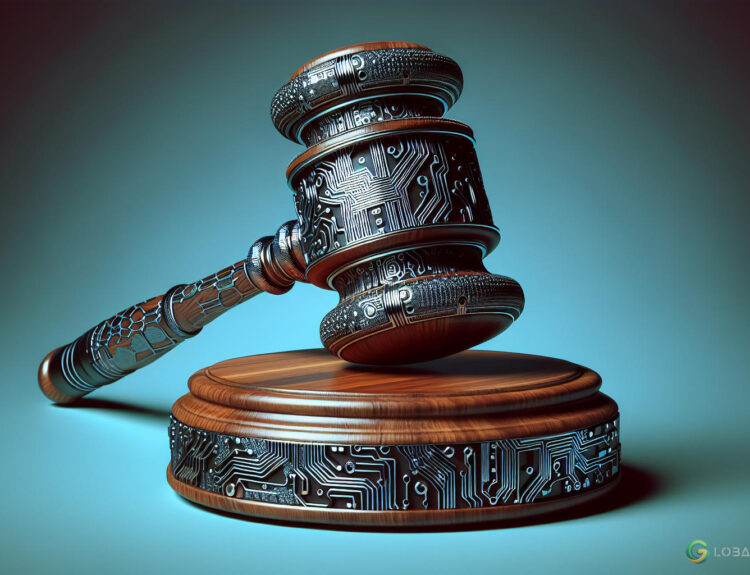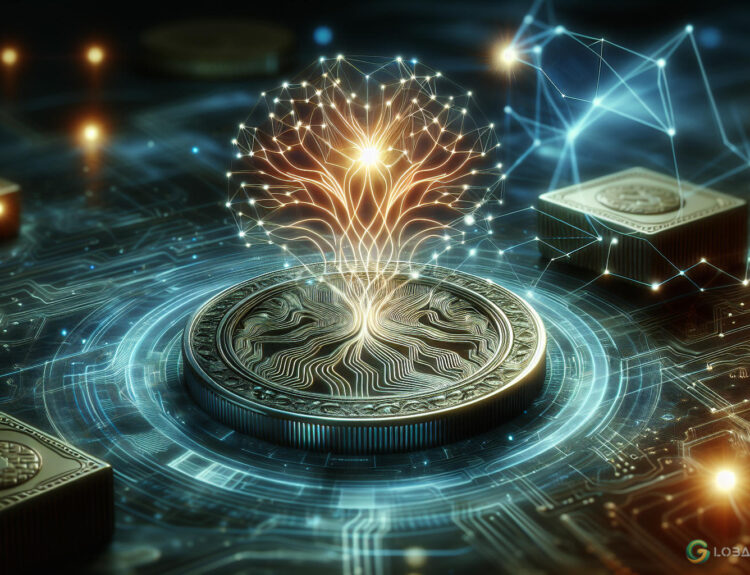Disclosure: The views and opinions expressed here belong solely to the author and do not represent the views and opinions of crypto.news’ editorial.
Refik Anadol Studio Launches DATALAND: An Immersive AI Art & NFT Museum in LA
Refik Anadol Studio, co-founded by Refik Anadol and Efsun Erkiliç in 2025, is launching an immersive AI art and NFT museum called DATALAND at The Grand LA, located in the heart of downtown Los Angeles.
Innovative AI Art Experiences
DATALAND will offer immersive AI art experiences, establishing a new model for artistic expression in the digital age. The museum will feature AI-powered scent galleries, providing a unique sensory experience. As AI artist Refik Anadol explained:
“We aren’t yet revealing the details about DATALAND’s artistic programming, but there will be many moments for sharing and exhibiting AI artists’ work both physically and virtually. People who cannot travel to LA will have access to the AI art creations and can purchase the AI art NFTs minted on an Ethereum-based platform and many other sustainable chains.”
Environmental Awareness Through Art
Refik Anadol Studio announced the launch of DATALAND during Climate Week NYC. The inaugural exhibitions will be created with the Large Nature Model, an open-source AI model based solely on nature data, to produce immersive AI-powered digital environmental artwork. The studio initially presented such installations at the 2024 World Economic Forum in Davos, Switzerland, and then at the United Nations in New York during the 2024 UNGA to promote environmental awareness. UN Under-Secretary-General Melissa Fleming commented:
“Refik Anadol’s artwork is a testament to the beauty and fragility of our natural world. It’s a clarion call to world leaders: we must harness the power of technology and human ingenuity to protect our planet before it’s too late.”
A Global Artistic Presence
The award-winning studio has collaborated with leading tech companies, researchers, and thought leaders to produce projects showcased in more than 70 cities across six continents. These venues include several United Nations Climate Change Conferences, MoMA, Centre Pompidou-Metz, and the Venice Architecture Biennale, among others. Refik Anadol emphasized:
“Los Angeles is the perfect city to launch DATALAND, a forward-thinking museum in support of art, science, technology, and AI research. To have a permanent space for us to develop a new paradigm of what a museum can be—by fusing human imagination with machine intelligence—is a realization of one of my biggest dreams.”
Collaborations with Renowned Museums
DATALAND will use millions of photos and records from partner museums, including the Smithsonian and London’s Natural History Museum, to create its installations. Refik added, “We already have three major collaborations with museums in the works and are confident in joining forces globally.”
History of AI Art, NFTs, and Museums
Christiane Paul, the digital art curator of Whitney Museum, detailed the AI Art History at the groundbreaking symposium at Rhode Island School of Design’s “Debates in AI” held in April 2024. She explained that AI art has a fascinating history intertwined with technology and creativity, pushing the boundaries of artistic expression.
Early Beginnings: 1950s-1970s
The roots of AI art can be traced back to early experiments with computer-generated art. Artists and computer scientists collaborated to create visual and abstract compositions using early computer algorithms. One notable example is Harold Cohen’s AARON, the earliest artificial intelligence program designed to create drawings and paintings, first exhibited in 1972 at the Los Angeles County Museum of Art.
Advancements in Algorithms: 1980s-2000s
During this period, advancements in algorithms and computing power allowed for more complex artistic outputs. AI art began to gain recognition in academic and artistic circles. The Gray Area Foundation, established in Los Angeles in 2002, integrated art, technology, science, AI, and the humanities to foster a more equitable and regenerative future.
Deep Learning Revolution: 2010s
The advent of deep learning brought significant changes with generative adversarial networks and other machine learning techniques, enabling the creation of highly sophisticated artworks. AI art started to be exhibited in NFT form in galleries and museums and auctioned in prominent auction houses.
Mainstream Adoption: 2020s
The increased availability of AI art tools to the general public has democratized the creation of AI-generated images. This era has seen debates about NFTs, market bubbles, copyright, and the ethical implications of AI in art. Institutions like the Museum of Modern Art in New York and the ArtScience Museum in Singapore have embraced these technologies in various exhibitions and collections.
The Future of Museums, AI Art, and NFTs
Over the past 40 years, AI-generated art has been on the rise, becoming more popular with the tokenization of art via NFTs. Vilas Dhar, President of the Patrick J. McGovern Foundation, explained:
“AI is not just a tool for innovation—it’s a force that can reshape how we see our planet, reconnecting us with the beauty and fragility of nature in ways never before possible.”
Many museums and institutions worldwide are showcasing and purchasing AI art and NFTs on a large scale to massive audiences, including the Seattle NFT Museum, Guggenheim Museum, and Tate Modern. Digital art has been collected for as long as it has existed, but widespread adoption is still nascent. The tokenization of art via NFTs has helped the digital art world integrate with the traditional art world, leading to burgeoning interest from museums, collectors, and galleries.
Kevin McCoy, the first NFT artist, is hopeful about Refik’s museum and AI art initiatives, stating:
“I’m heartened by Anadol’s announcement of Dataland. He is leading by example with his ‘ethical AI’ initiative and the commitment to the exhibition and preservation of AI and digital art. The provenance provided by NFTs and blockchain-based records can play a central role in this context.”
Explore more news on Global Crypto News.
#CryptoAdoption #Crypto #CryptoInvestor
























